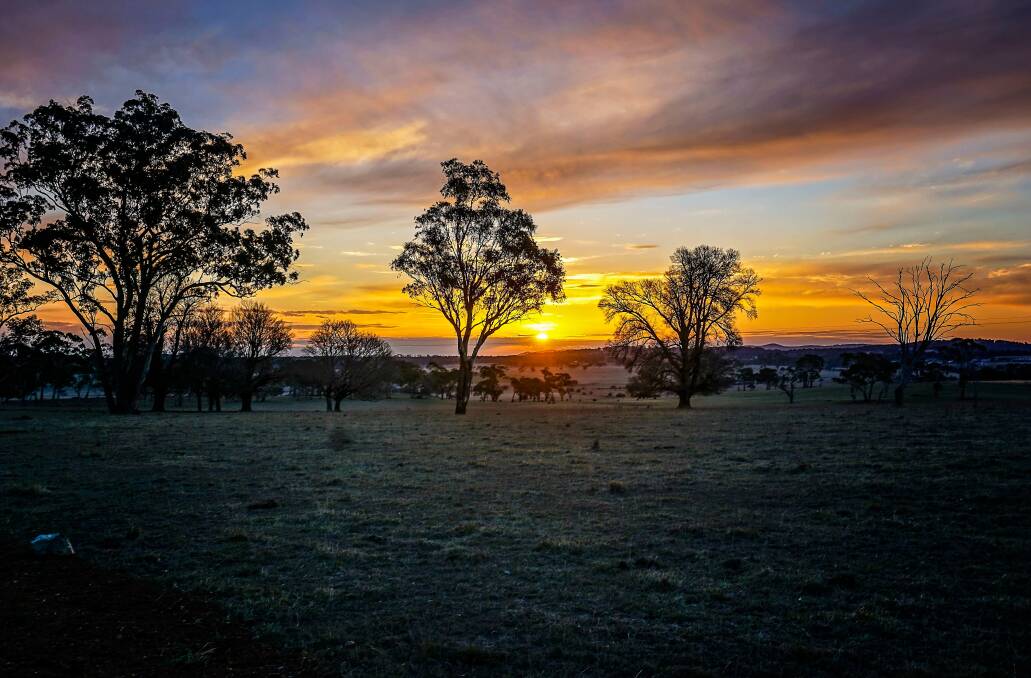
The Albury-Wodonga region hasn't seen the last of the heat, with high temperatures predicted for mid-March.
Subscribe now for unlimited access.
or signup to continue reading
Southern areas of Western Australia have welcomed significant rainfall. In the Central Wheat Belt, the town of York recorded 75mm - the wettest early March since 1934. This rain in WA will not reach the Albury-Wodonga region but will set up some very hot days in around a week's time.
There was a very hot spell towards mid-March 1934, in Victoria and the Riverina, with maxima topping 38 degrees and the absence of heavy rain until the first week of April 1934.
Some nearby places like Echuca have been very dry since November. Echuca has had its driest summer in eight years, with February receiving only 1.2mm.
Wednesday, March 3, saw some very low minimum temperatures at numerous locations across North East Victoria for this time of year. At Rutherglen, there was a light frost when the temperature fell to 1.5 degrees. This was the coldest temperature for so early in the season since 1.1 was recorded on February 29 and March 1, 1940. On those dates in 1940, there was a tropical cyclone in the Coral Sea, which brought heavy rain in northern Queensland. Right now, there is a tropical cyclone located in the Coral Sea, bringing similar rainfall distribution.
In March 1940, there was a phenomenal heatwave which hit the whole of Victoria from March 8 to 13. The highest temperature in Melbourne reached 42 degrees, and in Rutherglen, 40 degrees. There were high temperatures, up to near 38, near the end of March 1940 but much-needed rain arrived on April 4.
Wangaratta recorded 4.1 on Wednesday, March 3 and this was its coldest March morning since 2008.
Wangaratta's highest temperature during February was only 34.2 and this was the first time since 2008 that the temperature failed to reach 35 in February.
During the period March 13 to 19, 2008, there was a severe heatwave, with the highest temperature topping 38 degrees on three days in Wangaratta.

